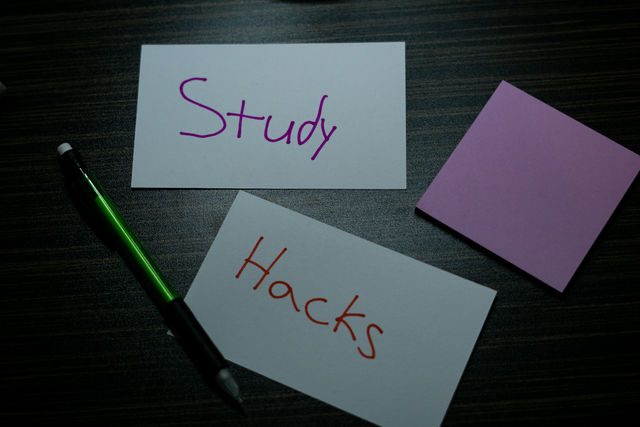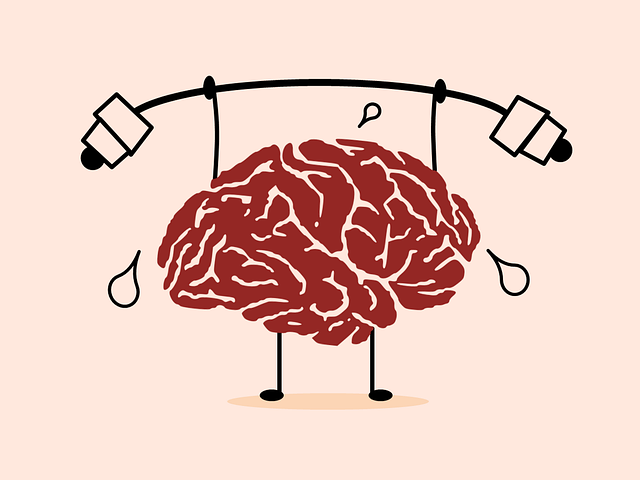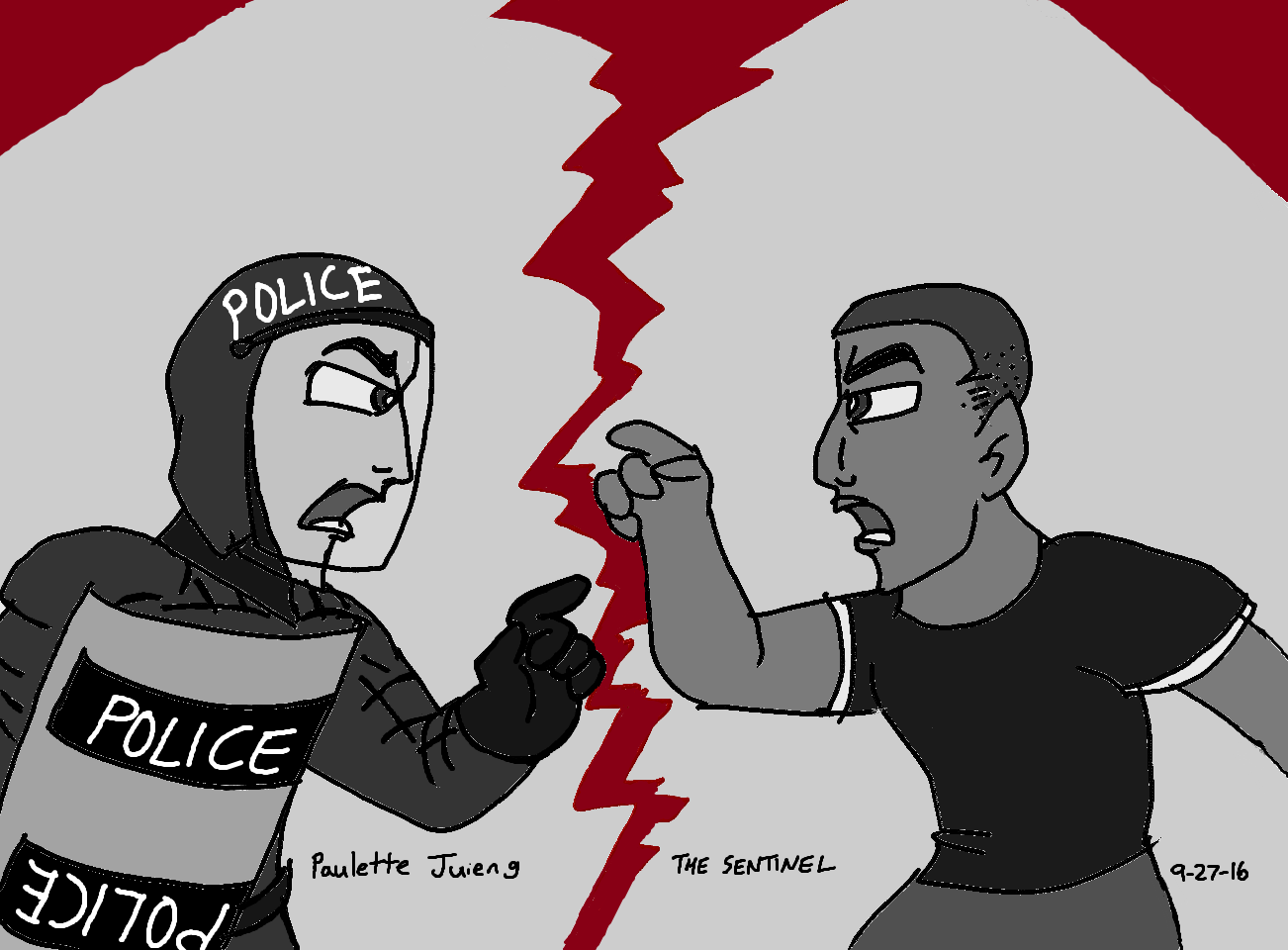Kennesaw State students can reduce stress and expect better results by implementing appropriate study techniques prior to finals.
As KSU’s final exams are approaching it’s important for students to work smarter, not harder. Here are five study techniques designed to help students succeed in the upcoming weeks.
Find a Quiet Space
The first step to having a successful study session is to find the best spot to start. An effective study spot differs for each student; however, it should be somewhere quiet and cozy for one’s utmost comfort.
According to EHL Insights, the best spots are the library, coffee shops, empty classrooms and the outdoors because they allow students to immerse themselves in their studies without environmental distractions.
KSU students can also rent study rooms for finals or any time of the year. This resource is an effective way to find an appropriate study spot for any student on campus.
Play Professor
Students learn best when they verbally connect information and concepts with others, according to Yale’s Poorvu Center for Teaching and Learning.
When students teach the material to one another, they are forced to recall information and describe their thought processes; subsequently, students increase their confidence in knowing the material.
Study Before you Sleep
According to a Harvard and Notre Dame collaborative study, students best retain studied material following a period of rest. When individuals study and have a good night’s sleep immediately after, their brains can organize information more successfully.
“As expected, following a 12 hr retention interval containing a night of sleep or a day of wakefulness, the overall recall was superior in subjects who slept,” (Payne, et al., 2012).
Studying right before bed is better than pulling an all-nighter. Harvard and Notre Dame experts say students should schedule a study interval right before bedtime followed by a solid seven to eight hours of sleep.
Sleep allows people to stabilize memories made throughout the day; thus, any material studied before bed will be recalled better in the morning.
Practice “Chunking”
Chunking refers to breaking up large amounts of information into smaller more digestible “chunks.” This allows students to mentally organize material into small pieces rather than a never-ending stream of information.
According to Peak Performance Center, chunking benefits humans’ natural cognitive processes. Humans naturally “chunk” information they are exposed to either chronologically or by importance.
Examples of chunking are remembering phone numbers via a 123-456-7890 pattern and separating items on a grocery list into groups such as dairy, meat and produce. This helps to simplify information and create a memory technique.
Chunking should be applied to learning a subject while slowly condensing it into smaller chunks that will be easier to commit to memory.
Try Mind Mapping
Mind mapping is a technique that allows students to organize information into a diagram.
First, the student writes the main topic in the center of a blank sheet of paper while connecting ideas drawing “branches” to show how they conceptually tie together.
The University of St. Augustine’s College of Health Sciences also says using varying colors to help visually stimulate the student while they are studying the concept map can help them retain the information.



